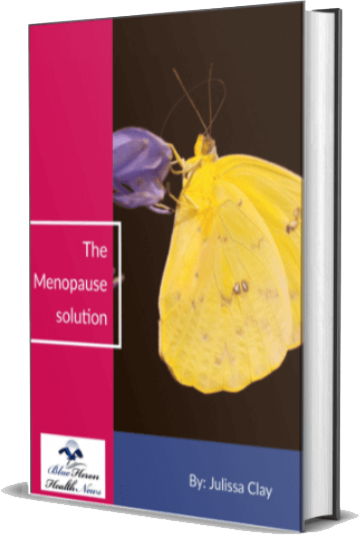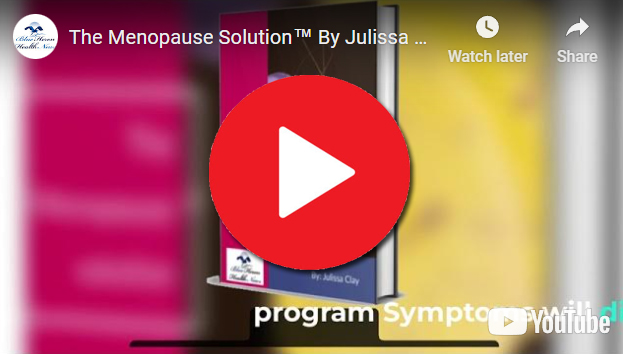
The Menopause Solution After going through the review of The Menopause Solution it can be concluded easily that you should try this program at least once if menopause is destroying your internal organs or deteriorating your physical health to a considerable level. This program can help in resolving your health issues caused by perimenopause and menopause in a completely natural manner. You can use this program without any risk as you can get your money back if you are not satisfied with its results.
What are the risks of hormone replacement therapy (HRT)?
Hormone replacement therapy (HRT) is used to alleviate symptoms of menopause by supplementing the body with estrogen and, in some cases, progesterone. While HRT can provide significant benefits, such as reducing hot flashes, night sweats, and osteoporosis risk, it also carries several potential risks. These risks can vary based on factors such as the type of HRT, the dosage, the duration of treatment, and the individual’s health profile. Here’s an in-depth look at the risks associated with HRT:
1. Cardiovascular Risks
– Heart Disease
- Increased Risk: Some studies suggest that HRT, particularly combined estrogen-progestin therapy, may increase the risk of heart disease, especially if started in women more than 10 years post-menopause or over the age of 60.
- Mechanism: Hormones can affect lipid profiles, blood pressure, and inflammation, potentially contributing to cardiovascular risk.
– Stroke
- Elevated Risk: HRT has been associated with an increased risk of stroke. The risk may be higher with oral estrogen and in women who start HRT later in life.
- Mechanism: Estrogen can increase the risk of blood clots and influence blood vessel health.
2. Thromboembolic Risks
– Venous Thromboembolism (VTE)
- Higher Risk: Estrogen therapy, especially oral formulations, can increase the risk of developing blood clots in the legs (deep vein thrombosis) or lungs (pulmonary embolism).
- Factors: Risk is higher in women who smoke, are obese, or have a history of clotting disorders.
3. Cancer Risks
– Breast Cancer
- Increased Risk: Combined estrogen-progestin therapy has been linked to a higher risk of breast cancer. The risk appears to increase with the duration of HRT use and decreases after discontinuation.
- Mechanism: Hormones can stimulate the growth of hormone-sensitive breast cancer cells.
– Endometrial Cancer
- Estrogen-Only Therapy: Using estrogen without progesterone increases the risk of endometrial cancer in women with an intact uterus. Progesterone is typically added to counteract this risk.
- Mechanism: Unopposed estrogen can lead to endometrial hyperplasia, a precursor to cancer.
– Ovarian Cancer
- Possible Link: Some studies suggest a potential increase in the risk of ovarian cancer with long-term use of HRT, though the evidence is less clear compared to breast and endometrial cancer.
4. Gallbladder Disease
– Increased Risk: HRT, particularly oral estrogen, can increase the risk of gallstones and gallbladder disease.
- Mechanism: Estrogen can increase cholesterol levels in bile, leading to the formation of gallstones.
5. Other Risks
– Cognitive Decline and Dementia
- Potential Risk: Some research suggests that starting HRT in older postmenopausal women may increase the risk of dementia. The timing of HRT initiation appears to be crucial, with potential protective effects when started near menopause.
- Mechanism: The exact mechanism is unclear, but it may involve hormone interactions with brain function and structure.
– Liver Disease
- Impact: Oral HRT is metabolized in the liver and can affect liver function, potentially exacerbating preexisting liver conditions.
- Alternative: Transdermal patches or gels bypass the liver and may pose less risk.
6. Considerations and Risk Mitigation
– Individual Health Profile
- Assessment: A thorough medical evaluation is essential before starting HRT. Factors such as age, health history, risk factors for heart disease, stroke, blood clots, and cancer should be considered.
– Type and Route of HRT
- Formulation: The choice between estrogen-only and combined estrogen-progestin therapy depends on whether the woman has had a hysterectomy.
- Delivery Method: Transdermal and vaginal routes of estrogen administration may have a lower risk of some side effects compared to oral estrogen.
– Dosage and Duration
- Minimal Effective Dose: Using the lowest effective dose for the shortest duration necessary to manage symptoms can help mitigate risks.
- Regular Review: Periodic reassessment of the need for HRT can help minimize unnecessary prolonged exposure.
7. Lifestyle and Monitoring
– Healthy Lifestyle
- Modifications: Maintaining a healthy weight, exercising regularly, eating a balanced diet, avoiding smoking, and limiting alcohol can help reduce the overall risk profile.
- Monitoring: Regular follow-up appointments, including mammograms, pelvic exams, and cardiovascular assessments, are crucial for early detection of potential complications.
Conclusion
Hormone replacement therapy can offer significant relief from menopausal symptoms and provide benefits such as improved bone health. However, it also carries several risks, including cardiovascular events, thromboembolic disease, and certain cancers. A personalized approach, considering individual health factors, the type and route of HRT, and ongoing monitoring, is essential for optimizing benefits while minimizing risks. Women considering or currently on HRT should have regular consultations with their healthcare providers to evaluate the appropriateness and safety of their treatment plan.

The Menopause Solution™ So if you do not want to be ill-treated by the symptoms of your menopause then you must try it once. It will surely work for you. its price has been reduced only for a limited period. So you should place your order on the official website to avail of this benefit and make your life happier again.